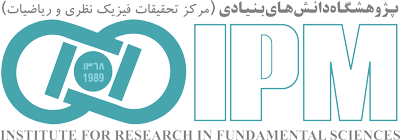“School of Astronomy”
Back to Papers HomeBack to Papers of School of Astronomy
| Paper IPM / Astronomy / 18274 |
|
||||||
| Abstract: | |||||||
|
Classifying stars, galaxies, and quasars is essential for understanding cosmic structure and evolution, but the vast data from modern surveys make manual classification impractical, while supervised learning methods remain constrained by the scarcity of labeled spectroscopic data. We aim to develop a scalable, label-efficient method for astronomical classification by leveraging semi-supervised learning (SSL) to overcome the limitations of fully supervised approaches. We propose a novel SSL framework combining K-means clustering with Random Forest classification. Our method partitions unlabeled data into 50 clusters, propagates labels from spectroscopically confirmed centroids to 95\% of cluster members, and trains a Random Forest on the expanded pseudo-labeled dataset. We apply this to the CPz catalog, containing multi-survey photometric and spectroscopic data, and compare performance with a fully supervised Random Forest. Our SSL approach achieves F1-scores of 98.8\%, 98.9\%, and 92.0\% for stars, galaxies, and quasars, respectively, closely matching the supervised method with F1-scores of 99.1\%, 99.1\%, and 93.1\% while outperforming traditional color-cut techniques. The method demonstrates robustness in high-dimensional feature spaces and superior label efficiency compared to prior work. This work highlights SSL as a scalable solution for astronomical classification when labeled data is limited, though performance may degrade in lower-dimensional settings.
Download TeX format |
|||||||
| back to top | |||||||



















